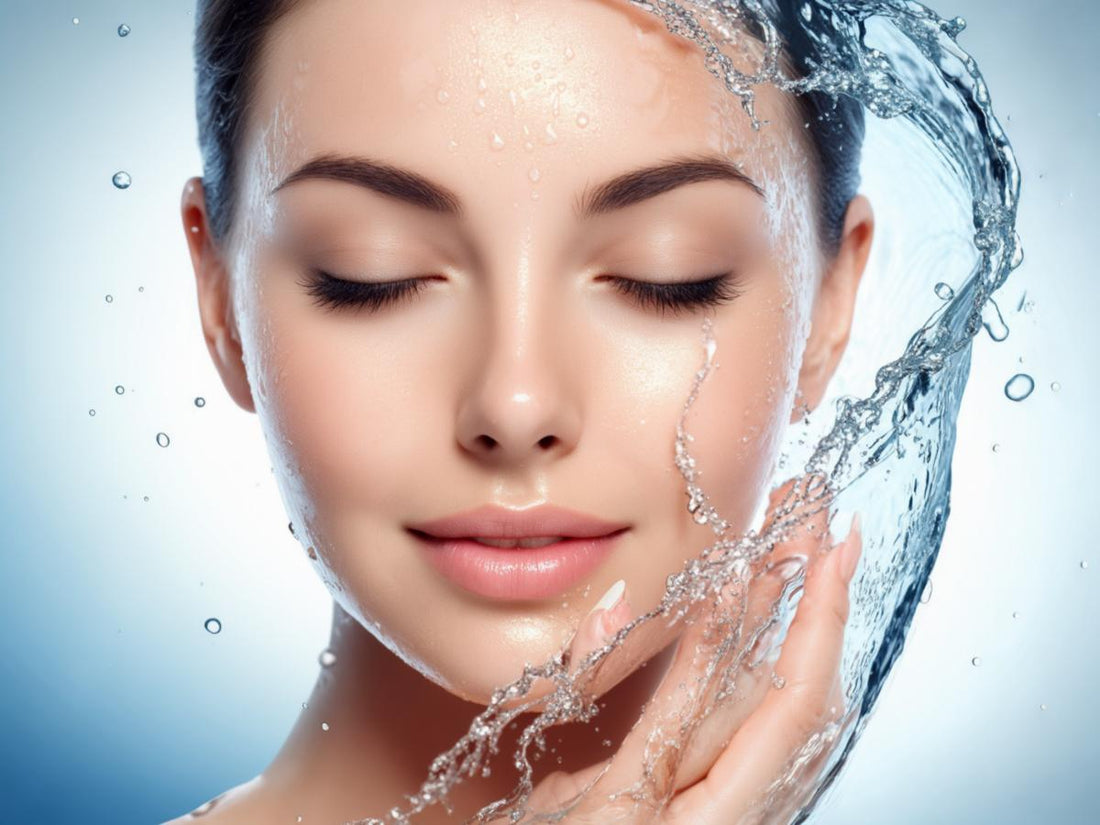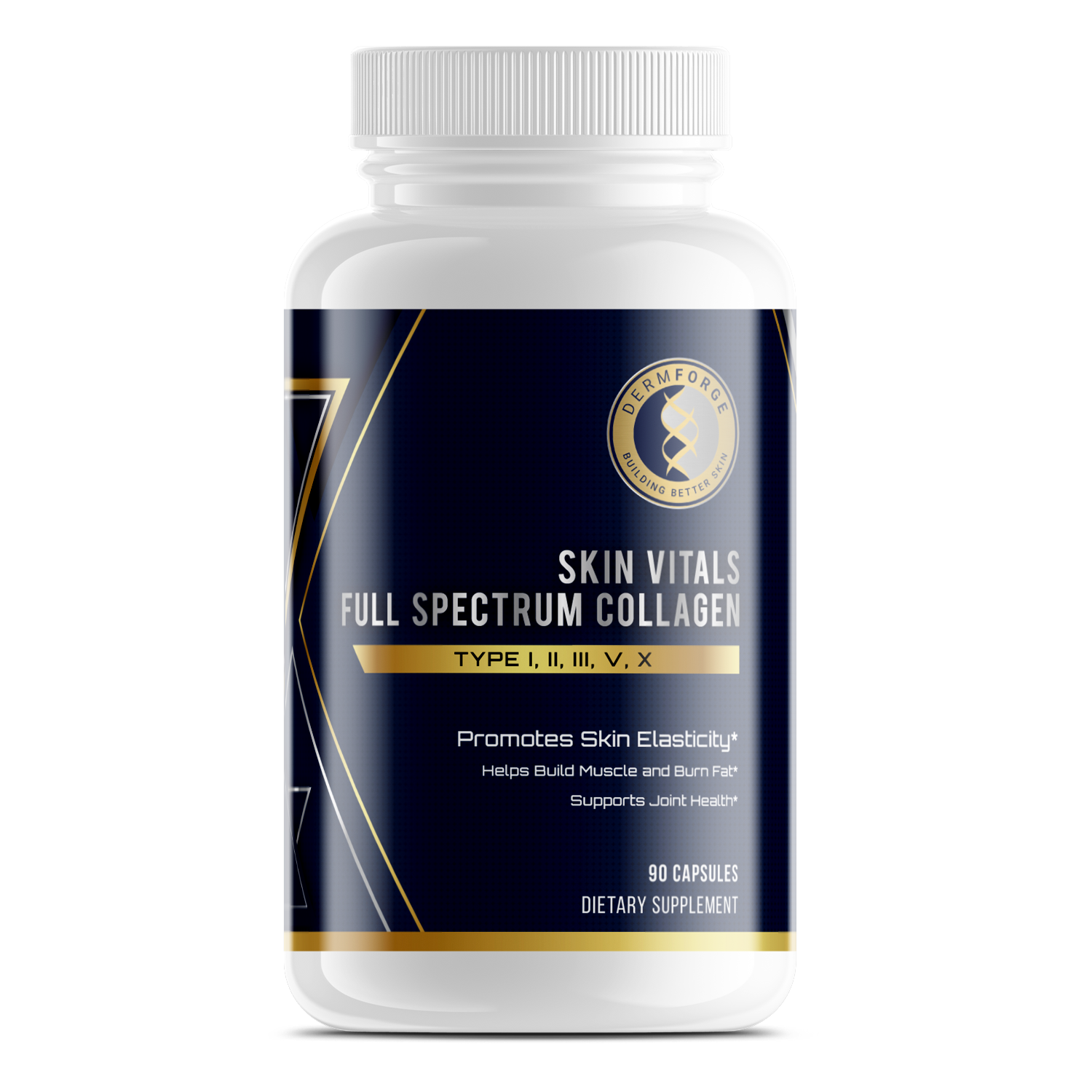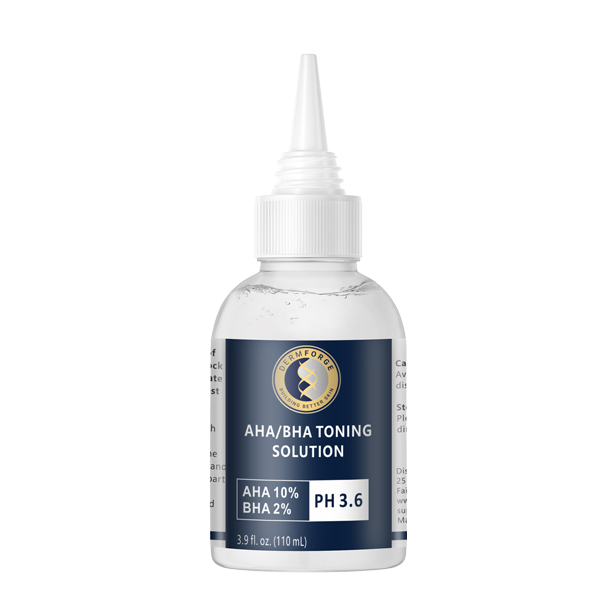Understanding how your skin maintains hydration requires delving into its cellular structure. The epidermis, your skin's outermost layer, and the dermis beneath it, both play pivotal roles in water retention. The stratum corneum, part of the epidermis, acts as a barrier, preventing excessive water loss and shielding against external factors. This barrier function is essential for maintaining skin hydration and overall health.
Within the stratum corneum, corneocytes—flattened, dead skin cells—are embedded in a lipid matrix composed of ceramides, cholesterol, and fatty acids. These lipids form a barrier to transepidermal water loss, crucial for maintaining skin hydration. This structure ensures your skin remains flexible and resilient. Disruptions to this barrier can lead to dryness and irritation.
It's important to distinguish between hydration and moisturization. Hydration refers to the water content within skin cells, making them plump and elastic. Moisturization involves applying substances that help retain this water, preventing dehydration. Understanding this distinction is key to effective skincare. By combining proper hydration with moisturization, you can maintain a healthy, glowing complexion.
Understanding Skin Hydration: How It Works at a Cellular Level
Understanding skin hydration involves exploring the roles of the epidermis and dermis in water retention. The dermis acts as a reservoir, holding water bound to molecules like hyaluronic acid. This water is transported to epidermal cells via blood microcirculation, with proteins called aquaporins maintaining the water balance between these layers. The stratum corneum (SC), the outermost layer of the epidermis, contains natural moisturizing factors within corneocytes and intercellular lipids that form a barrier to transepidermal water loss (TEWL). Proper hydration of the SC is necessary for normal desquamation and skin maturation.
The skin barrier plays a crucial role in preventing moisture loss. Ceramides, natural lipids forming about 50% of the outermost skin layer, create a protective barrier that prevents moisture loss and shields against environmental damage. A compromised skin barrier can lead to increased TEWL, resulting in dry, flaky skin. Maintaining the integrity of this barrier is essential for optimal skin hydration.
It's important to distinguish between hydration and moisturization. Hydration refers to the water content within skin cells, providing a plump and elastic appearance. Moisturization involves applying products that seal in this hydration, preventing water evaporation and maintaining softness. Hydrators absorb moisture from the air or skin to keep it trapped, while moisturizers form a barrier on the skin, locking in moisture and making it softer. Both processes are essential for healthy skin, but they address different needs.
The science of skin hydration encompasses the functions of the epidermis and dermis in water retention, the protective role of the skin barrier, and the distinct processes of hydration and moisturization.
The Science of Humectants, Emollients, and Occlusives
Understanding the roles of humectants, emollients, and occlusives is essential in Skin Hydration Science. These components work together to maintain skin moisture and health.
Humectants are ingredients that attract water to the skin's surface from the environment or deeper skin layers. They help increase the skin's water content, making it appear more plump and hydrated. Common humectants include hyaluronic acid and glycerin. Hyaluronic acid, naturally found in the skin, declines with age, so incorporating it into skincare can help maintain hydration. Glycerin is a clear, odorless sugar alcohol commonly used in moisturizers for its effective hydrating properties.
Emollients are substances that soften and smooth the skin by filling in gaps between skin cells. They improve the skin's texture and appearance, making it feel more supple. Ingredients like squalane and ceramides serve as emollients. Squalane mimics the skin's natural oils, providing lightweight moisture without clogging pores. Ceramides are lipids that help restore the skin barrier, preventing moisture loss and protecting against environmental damage.
Occlusives are heavier substances that create a protective barrier on the skin's surface, sealing in moisture and preventing water loss. They are particularly beneficial for dry or compromised skin that needs extra protection. Common occlusives include petrolatum, lanolin, and beeswax. These ingredients form a physical barrier, locking in hydration and shielding the skin from external irritants.
Incorporating a combination of humectants, emollients, and occlusives into your skincare routine can help maintain optimal skin hydration. Humectants draw moisture into the skin, emollients smooth and soften, and occlusives lock in hydration. Understanding how these components work together allows you to choose products that effectively address your skin's hydration needs.
Internal Hydration: How Diet and Water Intake Affect Skin
Maintaining optimal skin hydration is essential for healthy, glowing skin. While applying moisturizers is important, internal factors like diet and water intake play a significant role. Understanding how these elements influence skin health can help you make informed choices.
Your skin reflects your overall hydration status. Adequate water intake supports bodily functions, including skin health. However, drinking excessive amounts of water doesn't directly translate to improved skin hydration. Only severe dehydration visibly affects your skin.
Incorporating hydrating foods into your diet can benefit your skin. Fruits and vegetables with high water content, such as watermelon, cucumbers, and oranges, contribute to your overall fluid intake. These foods not only provide hydration but also supply essential vitamins and antioxidants that support skin health. For example, watermelon is rich in vitamins A, B6, and C, which help maintain soft, smooth, and supple skin.
Healthy fats, like omega-3 fatty acids found in fatty fish, play a crucial role in maintaining skin's elasticity and moisture. Antioxidant-rich foods, such as berries and leafy greens, combat free radicals, promoting a youthful complexion.
The common recommendation to drink eight glasses of water a day lacks scientific backing. Individual hydration needs vary based on factors like activity level and climate. Listening to your body's signals, such as thirst and urine color, is a practical approach to maintaining proper hydration.
While drinking water is vital for overall health, its direct impact on skin hydration is limited. Focusing on a balanced diet rich in hydrating foods, healthy fats, and antioxidants offers a more effective strategy for achieving and maintaining healthy, hydrated skin.
Environmental Factors and Their Effect on Skin Hydration
Environmental factors significantly influence skin hydration and overall health. Exposure to air pollution can degrade the skin's protective lipid layer, reducing moisture retention. This degradation leads to dryness and increases susceptibility to inflammatory conditions. Additionally, pollutants may induce oxidative stress, further compromising the skin barrier.
Indoor environments also play a role in skin hydration. Air conditioning systems, while providing comfort, can decrease indoor humidity levels. This reduction in moisture can lead to skin dryness and exacerbate conditions like eczema and rosacea. Similarly, central heating during colder months can strip moisture from the skin, resulting in dehydration and irritation.
To mitigate these effects, consider adjusting your skincare routine seasonally. In winter, opt for richer moisturizers to combat dryness. During summer, lighter formulations may suffice. Additionally, using a humidifier can help maintain optimal indoor humidity levels, supporting skin hydration. Understanding these environmental impacts is essential for maintaining healthy, hydrated skin.
Advanced Hydration Technologies in Skincare Products
In recent years, advanced technologies have revolutionized skincare, introducing innovative methods to enhance skin hydration. One such advancement is microencapsulation, which involves enveloping active ingredients within protective coatings to form microcapsules. This technique allows for controlled, slow release of hydrating agents, ensuring prolonged moisture retention. For example, encapsulated retinol can penetrate deeper into the skin and exfoliate more slowly, making it gentler than traditional formulations. This approach minimizes potential irritation while maximizing efficacy.
Another significant development in skin hydration science is the use of bioengineered ingredients. Biotechnology enables the creation of novel moisturizing agents that mimic or enhance natural skin functions. These bioengineered compounds can provide targeted hydration, improve skin barrier function, and offer sustainable alternatives to traditional ingredients. For instance, certain biotech-derived enzymes have been developed to address specific skin concerns, offering a level of targeted performance previously unattainable. This precision in formulation leads to more effective and personalized skincare solutions.
Lipid-based delivery systems, such as solid lipid nanoparticles (SLNs) and nanostructured lipid carriers (NLCs), have also emerged as effective methods for deep skin hydration. These systems form an occlusive layer on the skin, reducing transepidermal water loss and enhancing moisture retention. Additionally, they facilitate the delivery of active hydrating ingredients into deeper skin layers, improving overall skin hydration and texture. The biocompatible and biodegradable nature of lipid-based carriers makes them suitable for various topical applications, addressing issues like drug permeability and stability.
Collectively, these advancements in skin hydration science—microencapsulation, bioengineered ingredients, and lipid-based delivery systems—represent significant strides toward more effective and sustained skin moisturization. By leveraging these technologies, skincare products can offer enhanced hydration solutions, catering to diverse skin types and needs.
Building a Hydration-Focused Skincare Routine
Achieving optimal skin hydration requires a tailored skincare routine that aligns with your specific skin type. Understanding your skin's unique needs is fundamental to effective care. For dry skin, opt for a gentle, hydrating cleanser to maintain moisture. Follow with a rich moisturizer containing hyaluronic acid to enhance hydration. If you have oily skin, choose a foaming or gel cleanser to remove excess oil. A lightweight, oil-free moisturizer can provide necessary hydration without clogging pores. Combination skin benefits from balancing products. Use a gentle cleanser and apply a lightweight moisturizer to oily areas, with a richer formula for drier zones. Sensitive skin requires extra care. Select fragrance-free, gentle cleansers and moisturizers to minimize irritation.
Layering hydrating products enhances moisture retention across all skin types. Start with a hydrating mist or toner to prepare your skin. Applying a face mist before serums can boost absorption. Next, apply serums rich in hydrating ingredients like hyaluronic acid. Follow with a suitable moisturizer to seal in hydration. This method ensures each product works synergistically, promoting a well-hydrated complexion.
Avoiding common mistakes is crucial to maintaining skin hydration. Over-exfoliation can compromise the skin barrier, leading to moisture loss. Choose gentle exfoliants and limit their use. Skipping moisturizer, even if your skin feels oily, can lead to dehydration. Always include a moisturizer in your routine to maintain balance. Additionally, neglecting to layer products correctly can reduce their effectiveness. Apply products from thinnest to thickest consistency to maximize absorption and hydration.
By customizing your skincare routine to your skin type and incorporating proper layering techniques, you can significantly improve your skin's hydration. This approach aligns with the principles of Skin Hydration Science, ensuring a healthy, radiant complexion.
Conclusion
Understanding the complexities of skin hydration is essential for maintaining healthy, resilient skin. By delving into the intricacies of Skin Hydration Science, you gain insight into how your skin functions and what it needs to stay hydrated. Recognizing the roles of the epidermis and dermis in water retention, as well as the importance of the skin barrier, empowers you to make informed decisions about your skincare routine.
Incorporating knowledge about humectants, emollients, and occlusives allows you to select products that effectively support your skin's hydration needs. Additionally, acknowledging the impact of environmental factors, such as climate and pollution, on your skin's moisture levels encourages proactive measures to protect and nourish your skin.
Moreover, understanding the significance of internal hydration through diet and water intake highlights the connection between overall health and skin vitality. By combining this internal approach with external skincare practices, you can achieve a comprehensive strategy for optimal skin hydration.
Embracing advanced hydration technologies in skincare products further enhances your ability to maintain well-hydrated skin. These innovations, rooted in Skin Hydration Science, offer targeted solutions that address individual hydration needs.
By integrating these insights into your daily regimen, you can promote healthier, more hydrated skin, leading to a radiant and supple complexion.






